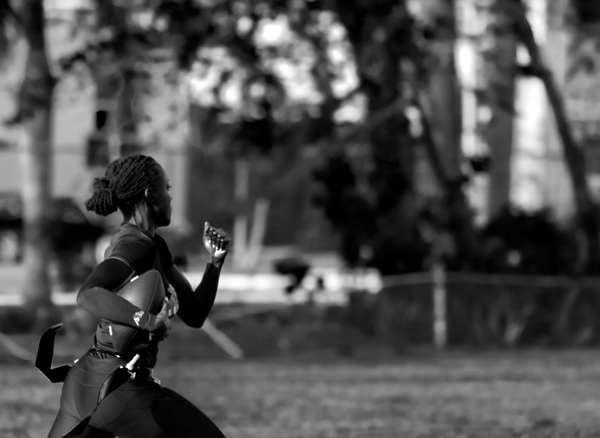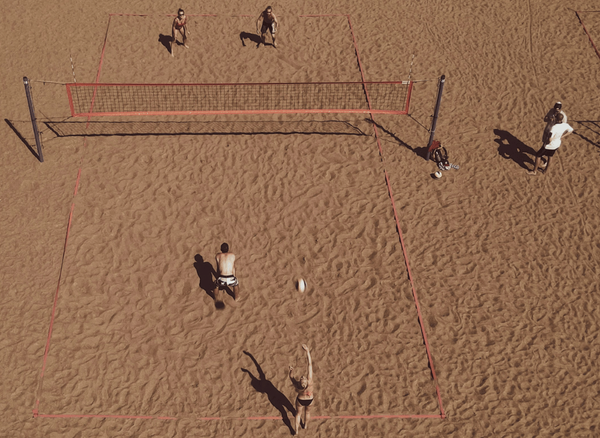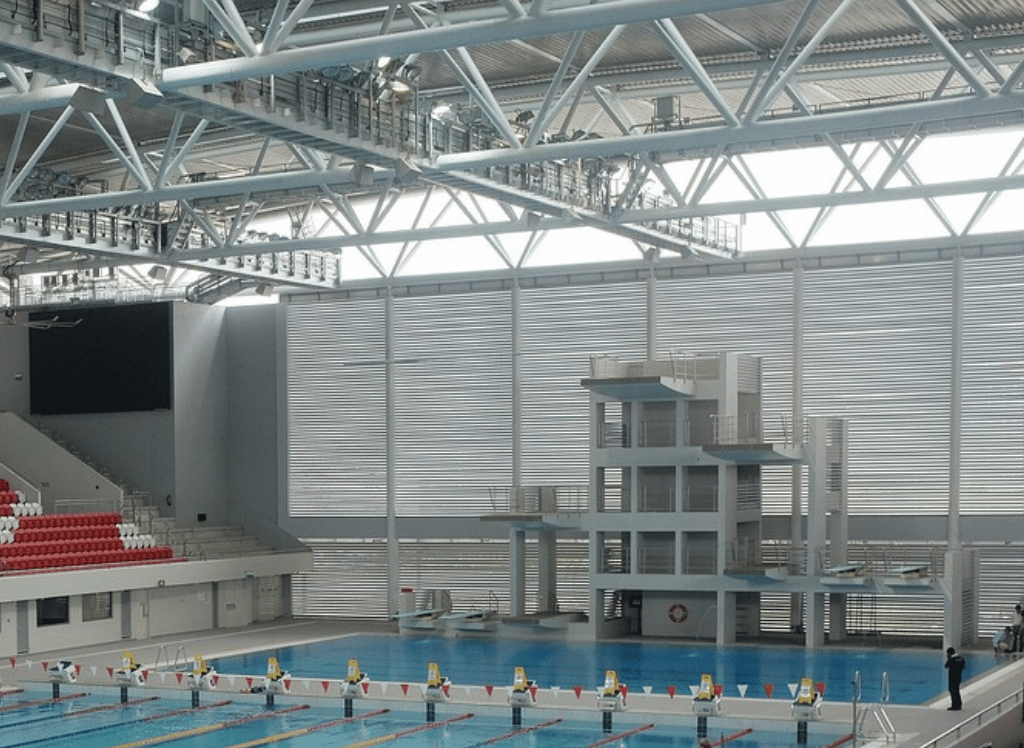Imagine a place where the world's best athletes live, train, and relax together. This is the Olympic Village, a unique residential area constructed specifically for the modern Olympic Games. The first Olympic Village was built for the 1932 Summer Games in Los Angeles, setting a precedent for future host cities.
Before the concept of the Olympic Village, athletes were scattered across various hotels and accommodations, making it challenging to foster a sense of community. The 1932 Games changed this by creating a dedicated space where athletes could live in the same location, eat together, and prepare for their competitions. This innovation not only improved logistics but also enhanced the overall Olympic experience.
Evolution of Olympic Villages
Over the years, Olympic Villages have evolved from simple dormitories to complex residential buildings with state-of-the-art facilities. For instance, the Olympic Village for the 2020 Tokyo Games featured new buildings constructed with sustainable materials like wood, reflecting a growing emphasis on environmental responsibility.
These villages are more than just places to sleep; they are mini-cities equipped with everything athletes need. From dining halls serving international cuisine to training centers and recreational areas, the Olympic Village is designed to be a home away from home. The organizers aim to create a comfortable and supportive environment, allowing athletes to focus on their performance.
Facilities and Amenities
The Olympic Village is a bustling hub of activity, offering a wide range of facilities to meet the needs of its residents. There are dining halls that cater to various dietary requirements, ensuring that athletes from different cultures can find familiar and nutritious meals. Additionally, there are medical centers, post offices, and even shops, making it a self-sufficient community.
Training facilities are another crucial aspect of the Olympic Village. These include gyms, swimming pools, and tracks, allowing athletes to maintain their training routines. Recreational areas provide spaces for relaxation and socialization, helping athletes unwind after intense competition. The goal is to create an environment where athletes can thrive both physically and mentally.
Impact on Host Cities
Hosting the Olympic Games is a massive undertaking, and the construction of the Olympic Village plays a significant role in urban development. For example, the Olympic Village for the 2024 Paris Games is being built in the Saint Denis and Saint Ouen neighborhoods. This project is expected to transform these areas, creating new housing and infrastructure that will benefit the community long after the Games are over.
The legacy of the Olympic Village extends beyond the event itself. Many villages are repurposed as student housing, residential apartments, or community centers, providing long-term benefits to the host city. This model of sustainable development ensures that the investment in the Olympic Village continues to pay dividends for years to come.
Life in the Olympic Village
Life in the Olympic Village is a unique experience, offering athletes a chance to bond with their peers from around the world. The village fosters a sense of camaraderie and mutual respect, as athletes share meals, train together, and support each other. This sense of community is one of the most cherished aspects of the Olympic experience.
Athletes also have the opportunity to explore the host city and experience its culture. Organizers often arrange tours and cultural events, allowing athletes to become acquainted with the local traditions and landmarks. This cultural exchange enriches the Olympic experience, creating lasting memories and friendships.
The Future of Olympic Villages
As the Olympic Games continue to evolve, so too will the concept of the Olympic Village. Future villages are likely to incorporate even more advanced technologies and sustainable practices. For example, the Paris 2024 Olympic Village aims to be a model of eco-friendly urban development, with energy-efficient buildings and green spaces.
The focus on sustainability and community impact will continue to shape the design and construction of Olympic Villages. By creating spaces that serve both the athletes and the local community, the Olympic Village will remain a vital part of the Games, contributing to their legacy and success.
Olympic Village FAQs
What is the purpose of the Olympic Village?
The Olympic Village is designed to house athletes during the Olympic Games, providing them with accommodation, dining, training facilities, and recreational areas. It aims to create a supportive and comfortable environment where athletes can focus on their performance.
How has the Olympic Village evolved over the years?
The Olympic Village has evolved from simple dormitories to complex residential buildings with state-of-the-art facilities. Modern villages include dining halls, medical centers, training facilities, and recreational areas, reflecting a growing emphasis on sustainability and community impact.
What happens to the Olympic Village after the Games?
After the Games, many Olympic Villages are repurposed as student housing, residential apartments, or community centers. This sustainable development model ensures that the investment in the Olympic Village continues to benefit the host city long after the event is over.
Summary
The Olympic Village is a cornerstone of the modern Olympic Games, providing a dedicated space for athletes to live, train, and relax. From its humble beginnings in 1932 to the advanced, sustainable complexes of today, the Olympic Village has evolved significantly. It plays a crucial role in urban development, leaving a lasting legacy in host cities. The sense of community and camaraderie it fosters among athletes is one of the most cherished aspects of the Olympic experience.









